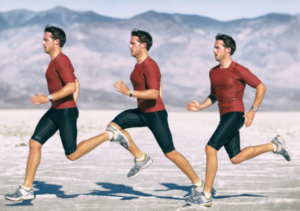Athlete’s foot, medically known as tinea pedis, is a fungal infection that affects the skin on the feet. It is highly contagious and commonly spreads in warm, moist environments such as locker rooms and swimming pools. Athlete’s foot can cause discomfort and itching, and if left untreated, it can lead to more severe infections.
Causes of Athlete’s Foot
- Fungal Infection: Athlete’s foot is caused by various types of fungi, primarily dermatophytes, that thrive in warm and moist environments.
- Direct Contact: Contact with infected surfaces or skin can transmit the fungus. Walking barefoot in public places increases the risk.
- Poor Foot Hygiene: Not drying the feet properly after bathing or sweating can create an environment conducive to fungal growth.
- Shared Items: Sharing towels, socks, or shoes with an infected person can spread the fungus.
- Compromised Immune System: Individuals with weakened immune systems are more susceptible to fungal infections, including athlete’s foot.

